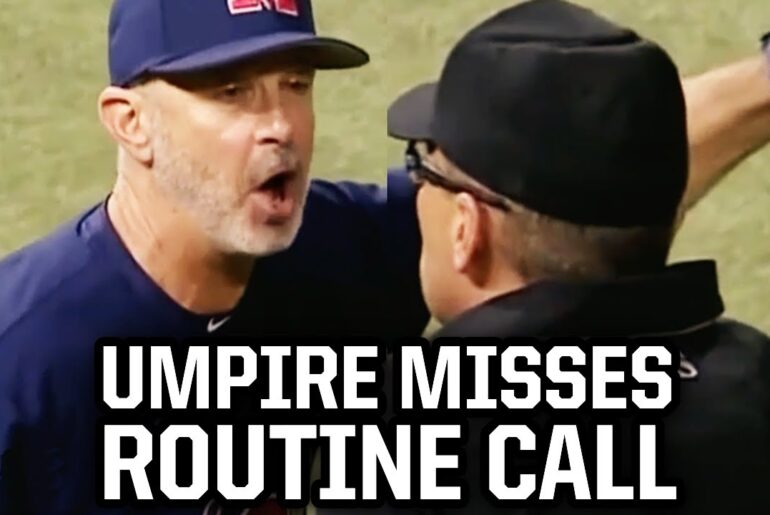In the world of Major League Baseball (MLB), every second counts, especially when it comes to the tense moments of a game. One critical aspect that often sparks debates is the time allocated for commercial breaks and pitcher warm-ups between innings. In this article, we’ll delve into the recent controversy surrounding time constraints on closers during warm-ups and the argument for potential rule adjustments to strike a balance between pace of play and the crucial role of closers in the game.
MLB’s Time Rule for Local Broadcasts
As of 2018, MLB instituted a two-minute and five-second time limit for local broadcasts during certain game intervals. This decision aimed to keep the pace of play brisk and ensure that games do not become overly prolonged, particularly during commercial breaks and pitcher warm-ups.
The Controversy Surrounding Closers’ Warm-Ups
Closers, the relief pitchers responsible for sealing the victory in tight games, have their unique routines during warm-ups. However, the strict time limit poses challenges for these pitchers and can disrupt their preparation for the crucial final inning.
The Warm-Up Routine of Closers
Before the start of the inning, the closer, such as Kenley Jansen, performs warm-up throws on the mound to get into the rhythm and feel for the ball. Additionally, umpires check the pitcher’s fingers for sticky substances, ensuring a fair game. Closers like Kenley usually prefer to finish their warm-up routine on a specific pitch, a part of their mental preparation.
The Conflict: Rushing the Closers
During a recent game between the Braves and the Padres, Kenley Jansen, a star closer, faced a contentious situation. The two-minute and five-second rule came into play just as he was getting ready to complete his warm-ups. The umpire’s insistence on adhering strictly to the time limit led to a clash of interests between maintaining a swift pace of play and respecting the closers’ essential role in the game.
The Need for Rule Adjustments
Many argue that if closers are checked for sticky substances during their warm-ups, the time taken for this inspection should be factored into their allocated warm-up time. Here are some of the key points in favor of rule adjustments:
– Closers play a pivotal role in deciding the game’s outcome, and rushing their warm-up routine may impact their performance.
– If the umpires disrupt the closer’s routine for checks, they should allow additional time to compensate for this interruption.
– The current rule may affect the integrity of the game and create unnecessary tension between pitchers and umpires.
Finding a Middle Ground
To strike a balance between maintaining a swift pace of play and honoring the importance of closers’ performance, MLB should consider implementing the following:
– Allow an adjustment period: When closers are checked for substances on the mound, the time spent on these checks should not count against their warm-up time. This allows for fair preparation without affecting the game’s speed.
– Communication between players and umpires: Encouraging open dialogue between players and umpires can help avoid misunderstandings and promote a better understanding of the challenges each face during a game.
Conclusion
The two-minute and five-second rule imposed on local broadcasts in MLB has raised concerns, especially in relation to closers’ warm-up routines. Striking a balance between maintaining a swift pace of play and recognizing the significance of closers’ performances is essential. By considering rule adjustments that account for the time spent on mound checks, MLB can ensure that games remain exciting and fair, while also giving pitchers the necessary preparation time to shine in those crucial final innings.



